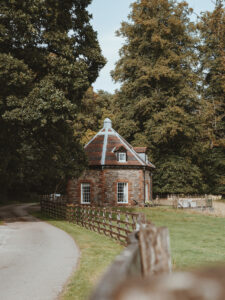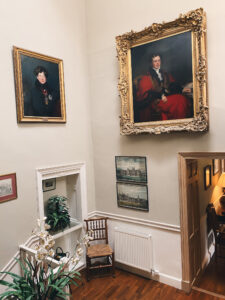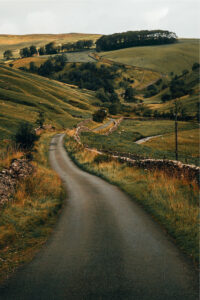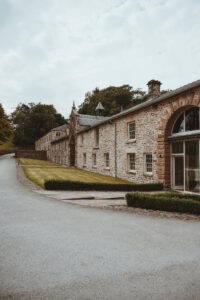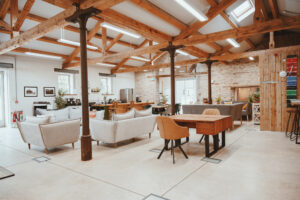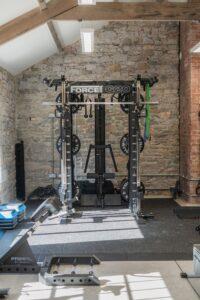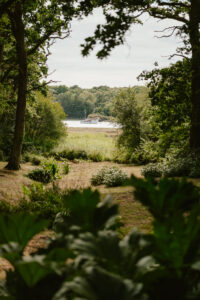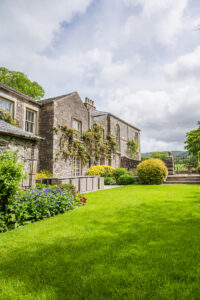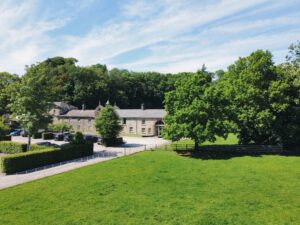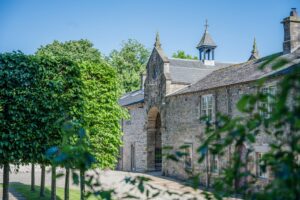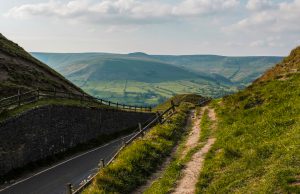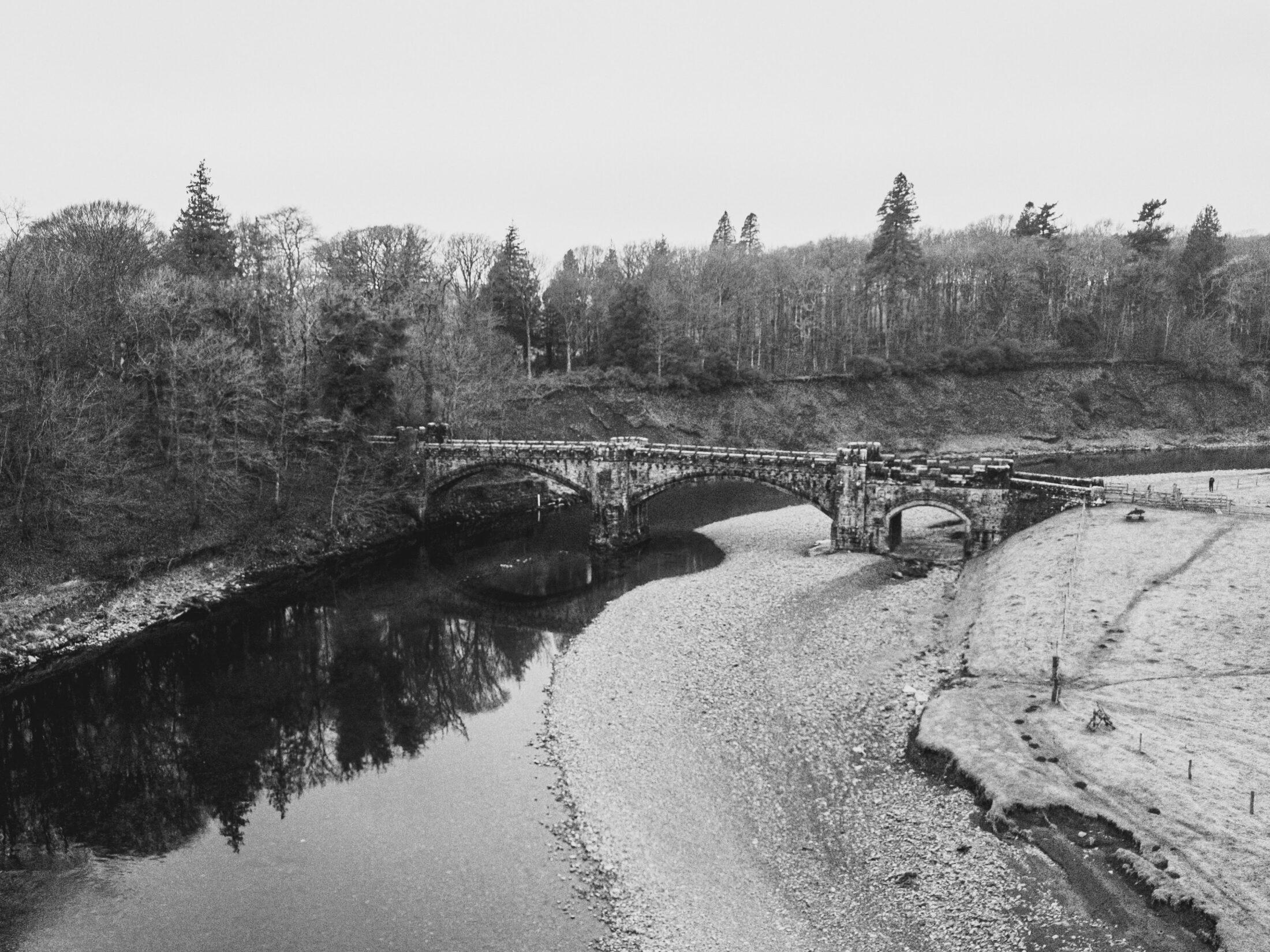
Estate History
Estate History
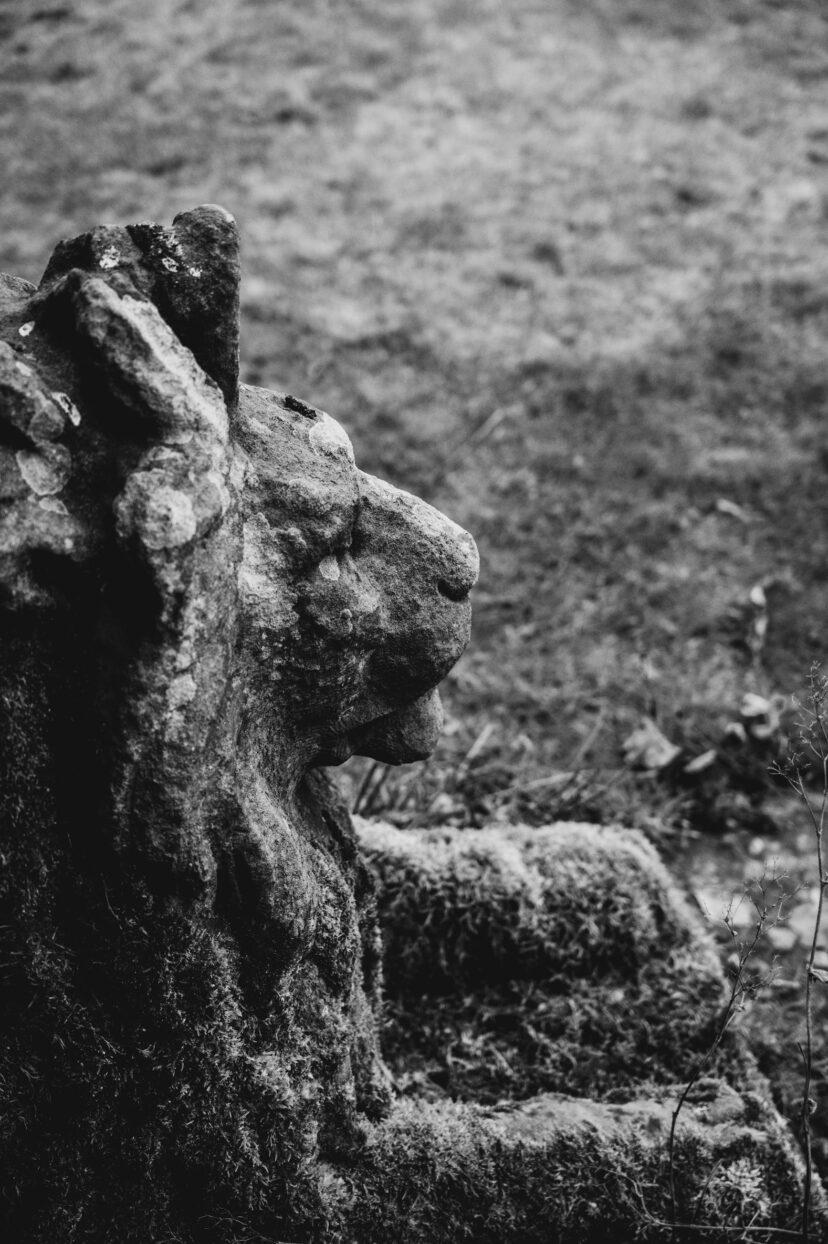
11th Century
The Domesday Book of 1086 contains the first reference to the Manor of Kirkby Lonsdale, which later formed the basis of the Estate. However the first mention of the word Underley is in 1260, when it is believed that the Abbot of York granted Ughtred de Underlay, son of the Earl of Northumberland, “fifteen acres and one rood” of land in the town of Kirkby Lonsdale.
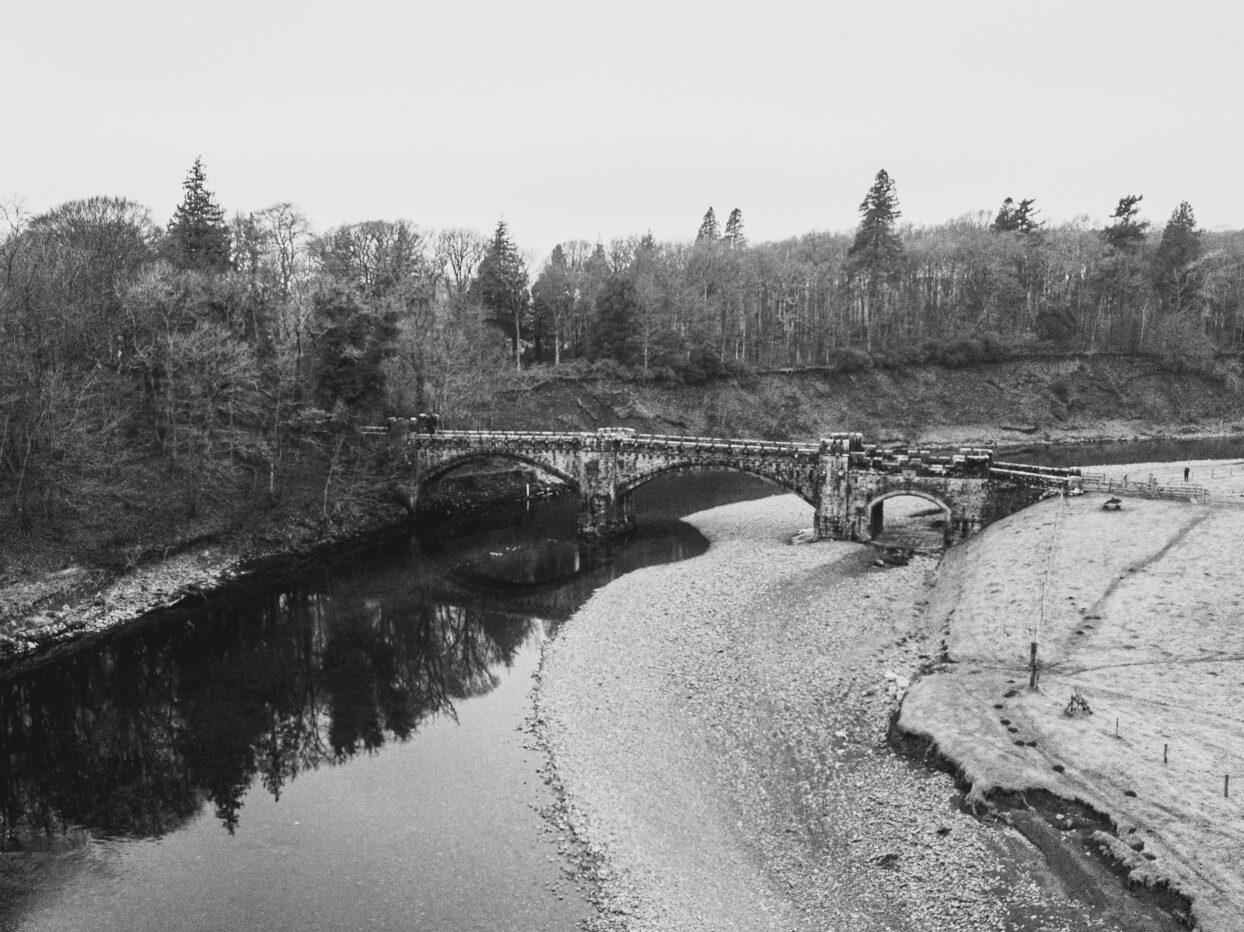
16th Century
The newly formed Underley Estate is referenced again in the early 16th century, when the well-known local Wilson family appears to have bought the Estate from a descendent of Ughtred and consolidated the property, until its sale to the Ashton family in 1732. At this time there were two principle houses on the Estate: Far Underley and Near Underley. The former was situated where the present Underlay Hall stands, whilst the outline of the latter’s foundations can still be seen in certain light.
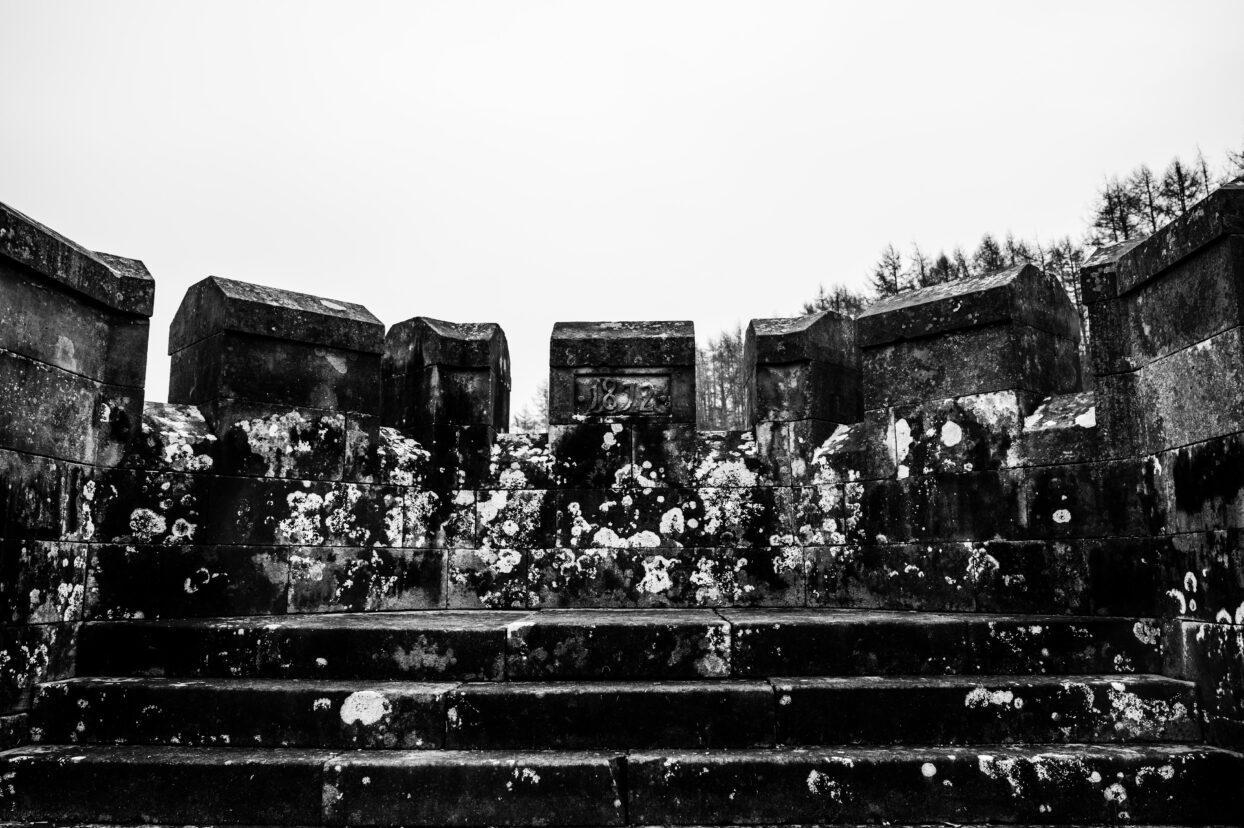
19th Century
Little changed on the Estate under the 72-year stewardship of the Ashton family, however in 1807 it was bought by Alexander Nowell who pulled down Far and Near Underley and laid the foundation stone for the present Underley Hall. In the years that followed, Nowell continued to enlarge his estate: an extensive park was developed and a carriage drive laid through the Park to the Hall. Several farms and parcels of land were acquired, a gate-keeper’s house was built at the drive’s entrance and a joiner’s workshop enlarged.
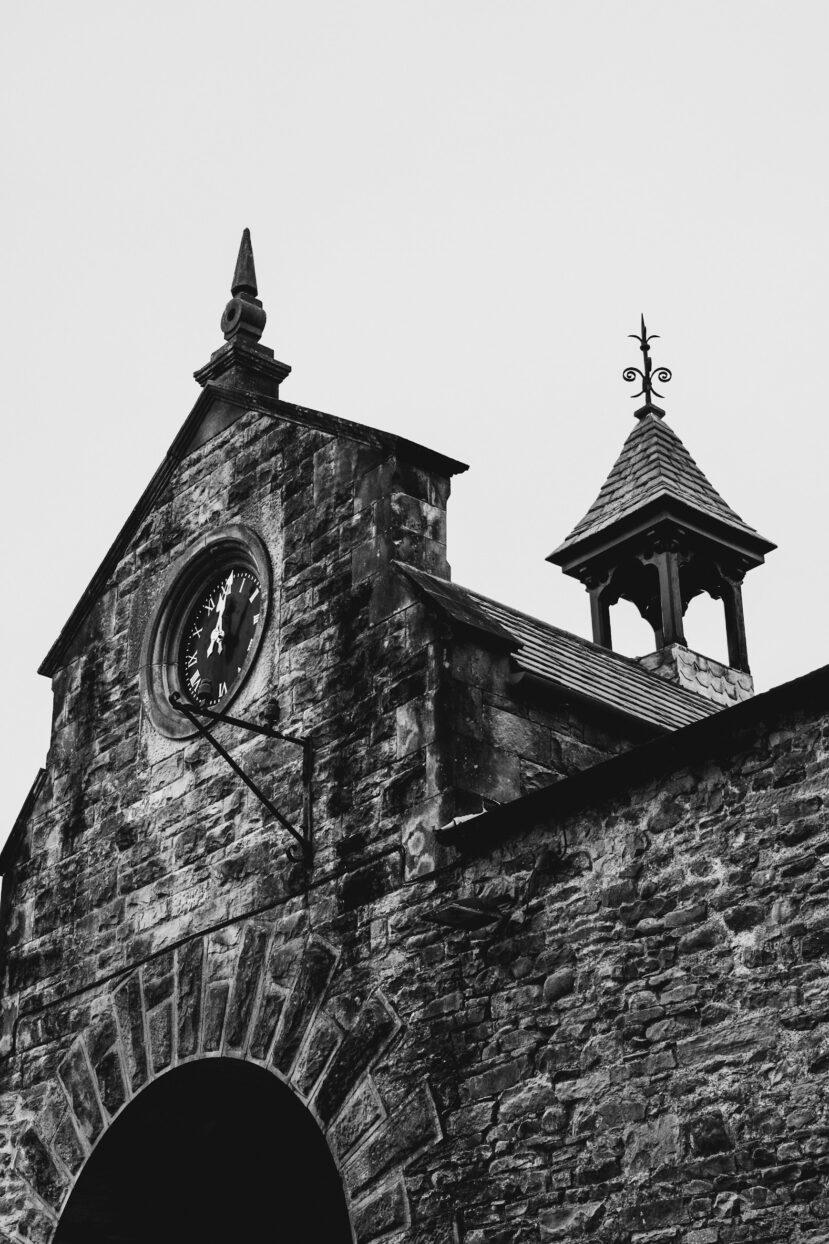
19th Century
The now substantial Estate was sold to William Thompson in 1840, who is an ancestor of the current proprietor, Philip Pease. A ‘Dick Whittington of Underley’, Thompson was a member of an old Westmorland family who travelled to London to make his fortune. He was elected Lord Mayor of London in 1828 and eventually returned as MP for his native County of Westmorland in 1841.
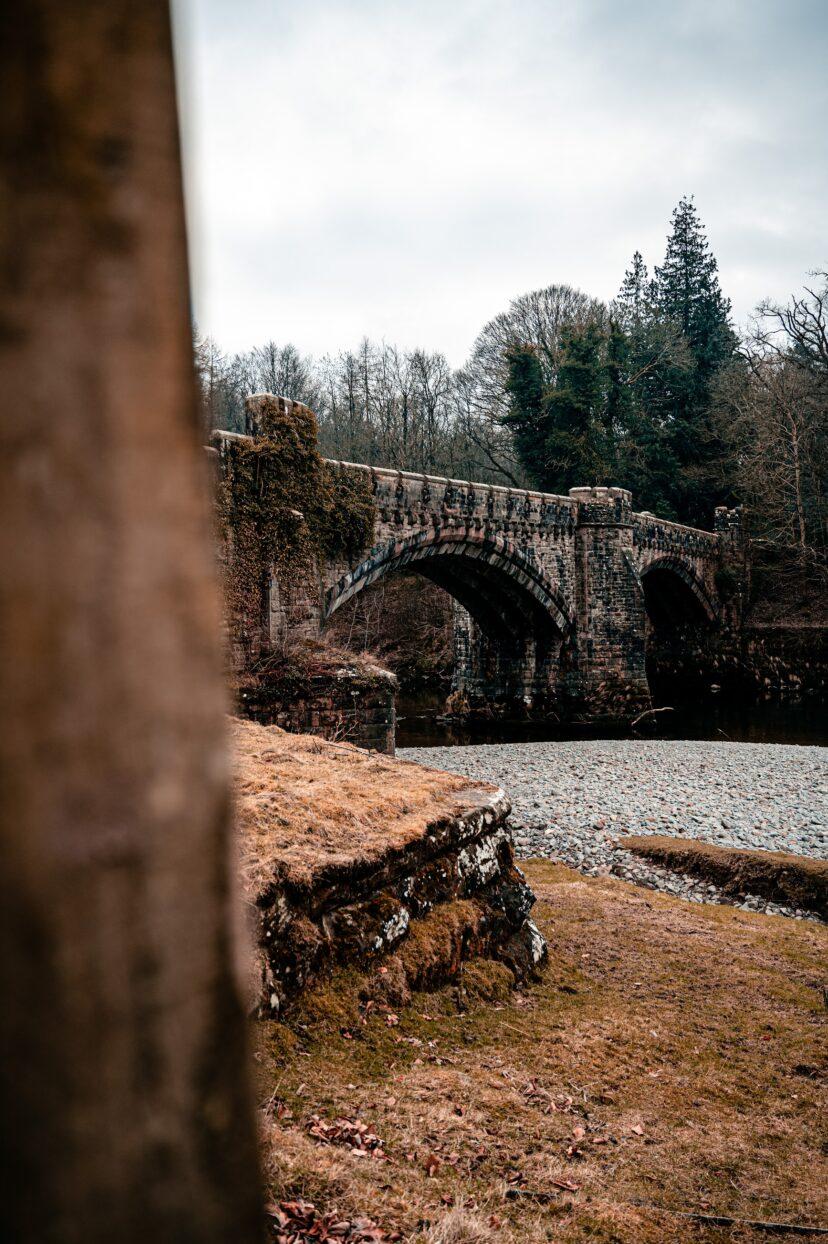
20th Century
Thompson added significantly to the size of the Estate during his tenure, both with lands that he brought with him and the purchase of further neighbouring farms. Underley Hall was also further embellished out of his great wealth and became firmly established as the seat of an upper class family.
On his death in 1854, Underley was inherited by his daughter Amelia and her Irish husband, Thomas, Earl of Bective of Bective Castle, who also served as MP for Westmorland from 1854 until 1870. The ‘Bective Era’ lasted until 1939 and was perhaps the greatest period in the history of Underley, realising the construction of many of the buildings and landmarks evident today.
